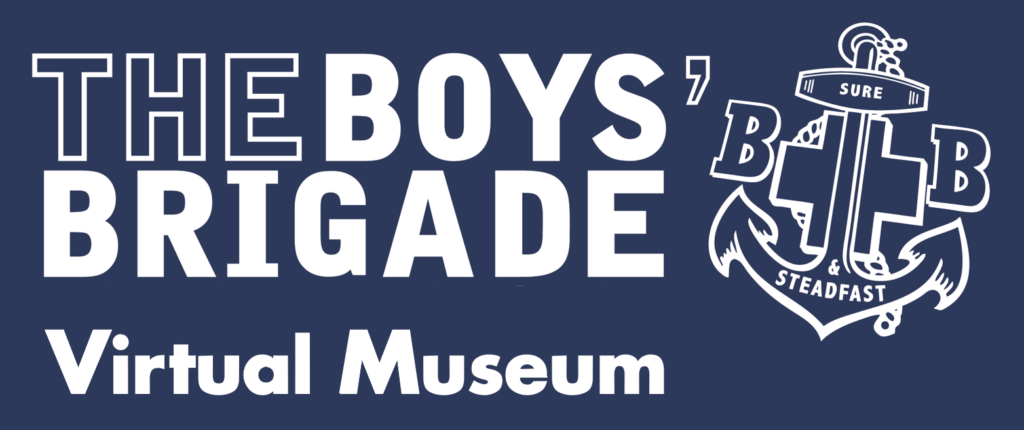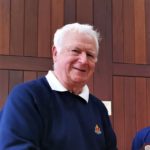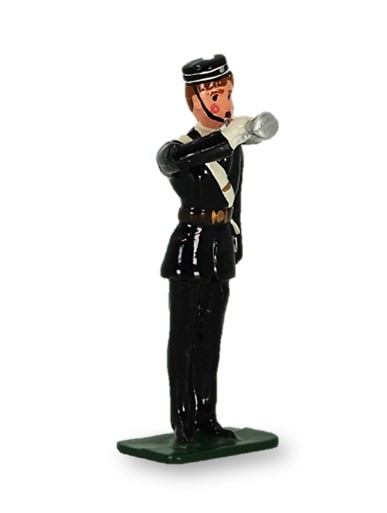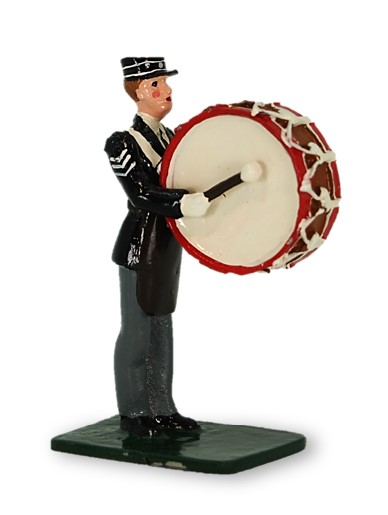Before the BB
Most of us were taught that the BB started in 1883 and was therefore ‘The First’ uniformed youth organisation… but what if that wasn’t true?
It isn’t true! There were lots of ‘Brigades’ which existed before 1883, in some cases many years before. Some were even known as ‘Boys’ Brigades’, although many were given other names. To find these, essentially, we would be looking specifically for uniformed organisations with a semi-military rank system, Church/Christian based and running a Bible-Class, with the target of keeping young people off the street and bridging the years between Sunday School and adult Church Membership. The founders would need to be either philanthropists with private means, or Societies which could appeal to the general public for funds. Activities, other than drill and Bible-Class, would include, bands, cricket, football, camping, library, PT, sailing, etc. In the mid nineteenth century there were a number of organisations that provided these activities, without being uniformed, but some were distinctively uniformed and could be said to be the true progenitors of the BB.
Like the BB, for many of these youth organisations we find them growing and flourishing in Scotland, but they are also present in other parts of the U.K. The major influences upon the eventual success of the ‘BB Model’ came from a few of the better-known Brigades.
From 1851, there is the start of the ‘Shoeblack Brigades’ a movement founded in London which developed into Messenger Brigades, Parcels Brigades, Caxton Brigades and many other similar groups, founded by John ‘Rob Roy’ MacGregor, and growing out of the Ragged School movement. These brigades, established in most major cities, could best be described as ‘Charity’ Brigades, aimed at the poorest members of society; and with the hope of lifting them from poverty. They were essentially religious societies, with ranks, uniforms, Bible class, Annual Camps and other weekly activities.
Child-labour was common in the 19th century. Specifically, it was the plight of young people, both Girls and boys, working in the Mills and Foundries of Glasgow which came to the attention of a number of forward-thinking philanthropists, including Mary Ann Clough, Wakefield McGill and James Hunter. They resolved to do something for the young people, not just the mill and foundry workers, eventually setting up the ‘Glasgow Foundry Boys’ Religious Society’ in 1865. Initially, the members wore a uniform of pill-box cap, belt and haversack over ‘normal’ clothes. One of the places they drilled was the HQ of the 1st Lanarkshire Rifles, William Smith’s Volunteer company. There were many more similarities to the BB in the way the GFBRS worked. At its peak the organisation had hundreds of branches all over Scotland.
In Edinburgh there still stands a tall gothic monument in the New Town, a memorial to one of the most famous people from that city, Catherine Sinclair. She lived from 1800 – 1864 and part of the inscription on that monument reads: ‘…she was an early pioneer in philanthropy, her Volunteer Brigade for the boys of Leith, was the first of its kind.’ Actually, the area where she started the Brigade, known as the ‘Ulbster Volunteers’, was in the area of ‘The Water of Leith’ a poor part of the city. In a letter to publisher and supporter Professor Blackie, she famously described the more than one hundred boys at her first meeting, all aged 12 – 19 yrs., as being ‘wilder than panthers and as ignorant as heathens’. She was a remarkable woman, and being a noted author, evidently not lost for words.
An Edinburgh contemporary of Catherine Sinclair was a man named John Hope, from a distinguished family. Besides being a strong temperance supporter and anti-Catholic zealot, Hope was a Volunteer soldier who formed an ‘abstainer’s company’ of the Rifle Volunteers. It was to the younger members of his ‘British League of Juvenile Abstainers’ that Hope was inspired to use his time, formidable influence and experience. There was always the fear, and sometimes the reality, of disorder at large youth gatherings, as well as at temperance classes; so, it was suggested to Hope that he should employ his ‘Volunteer’ experience to drill the young people. His response, in 1861, was to set-up five companies of ‘The British League Cadets’, numbering more than 200 boys. A ‘uniform’ was devised that would be cheap and effective, essentially accoutrements worn over normal clothing. Led by their flute band they appeared in public for the first time in July 1862. Over the years the Cadets would regularly appear at Volunteer Reviews held in Queen’s Park, a Review frequently attended by William Smith.
